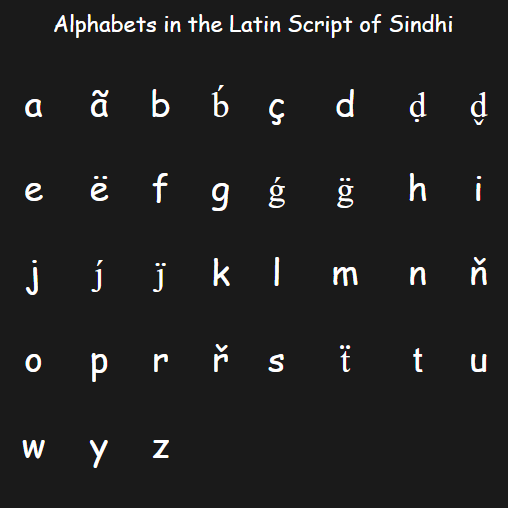

The Making of Exile: Sindhi Hindus and the Partition of India (2014), a detailed and multi-faceted history of the Sindhi Hindu experience of Partition Remembering Mohan T. Ms Bhavnani has authored three well-researched books. I visited again in December 2003 and then in April 2014 to present a paper on ‘Sindhi Media in India’ at the conference on Sindhi Media at the Federal Urdu University in Karachi.”ĭecades later, the experience of Partition remains a divisive and deeply debated one

My interest in Sindh, its people, culture and history only deepened, and the scope of my research expanded. This trip turned out to be a landmark event in my life. She revealed that “In April 2001 I first visited Sindh and travelled to Karachi, Hyderabad, Larkana and Sukkur. Later, I also learned to read and write Sindhi in the Perso-Arabic script.” I interviewed several elderly Sindhis in different parts of India. In subsequent email interactions, she informed me that “after completing my MA, I started studying the Sindhi community in India as part of a research project, ‘Reconstructing Lives’, which explored memories of mass violence at the time of partition. I was surprised that she wanted to present it to me and that I was the first Pakistani to receive it.

She informed me that her book on the migration of Sindhi Hindus after Independence was to be launched in Mumbai that very evening. In addition to this, she is also an author. Nandita Bhavnani is a chartered accountant, lawyer and investment banker who did her MA in anthropology. On my right sat an elegant, smiling lady in a resplendent blue sari.

This book is based on the very successful online picture dictionary BABADADA.COM, which offers easy language entry for countless language combinations - Used by thousands of people and approved by well-known institutions.Gateway House Mumbai, a foreign policy think tank, invited me in July 2014 to a brainstorming session on Indo-Pak trade. The goal is to learn the basics of a language much faster and with more fun than possible with a complicated text dictionary. Each book contains over 1000 black-and-white illustrations. In a BABADADA dictionary images and language merge into a unit that is easy to learn and remember. Pages: BABADADA dictionaries are visual language education: Simple learning takes center stage. Download BABADADA black-and-white, Greek (in greek script) - Sindhi (in perso-arabic script), visual dictionary (in greek script) - visual dictionary (in perso-arabic script) free book PDF


 0 kommentar(er)
0 kommentar(er)
